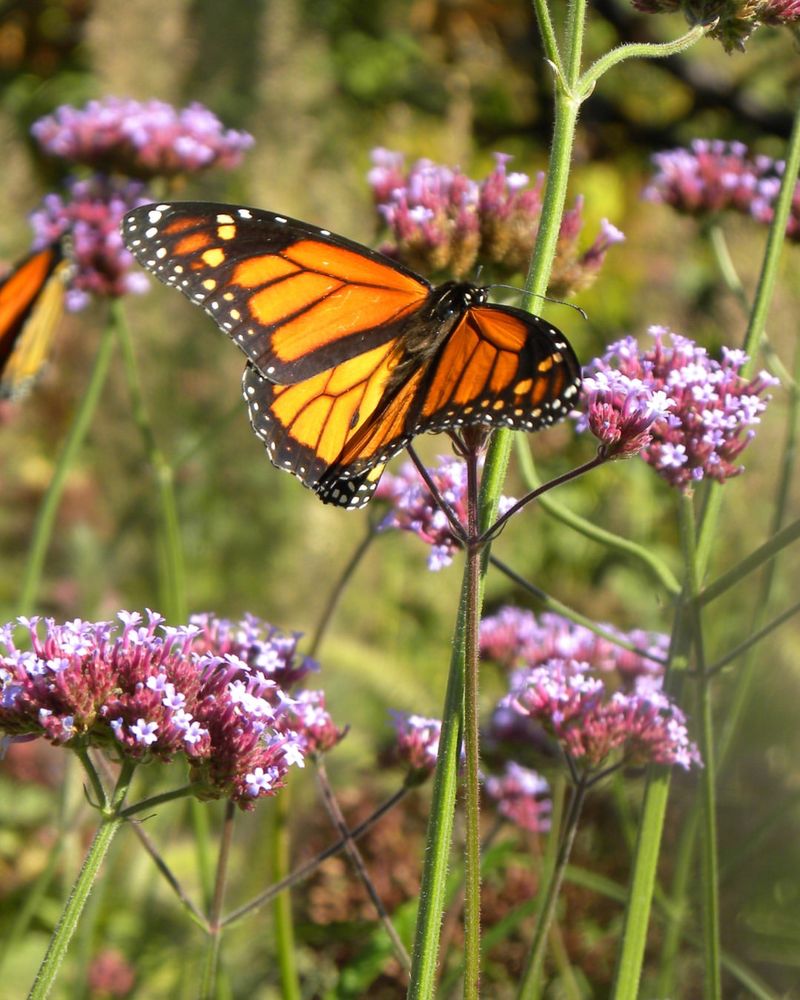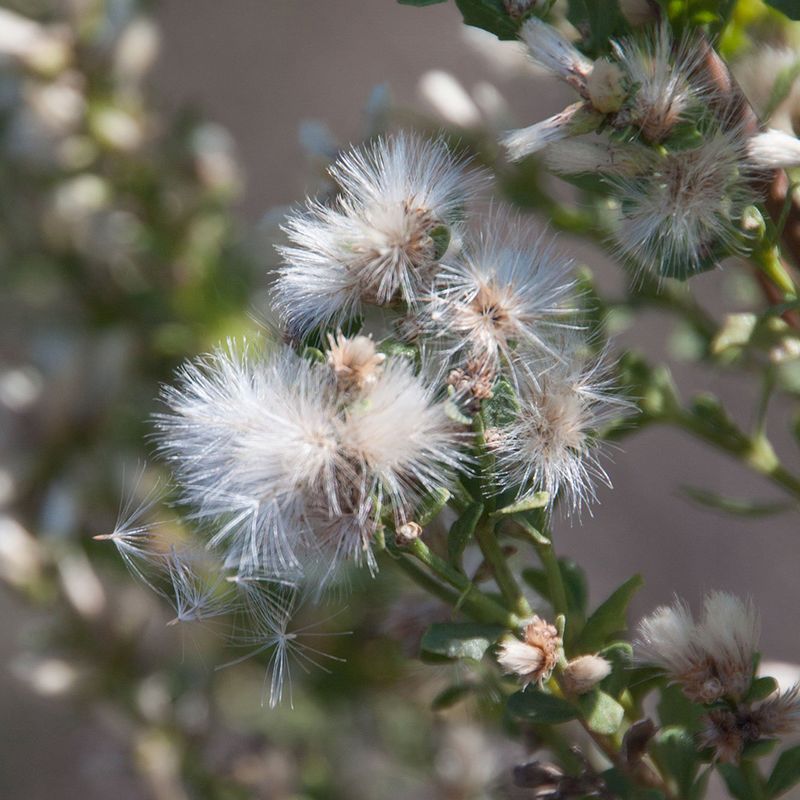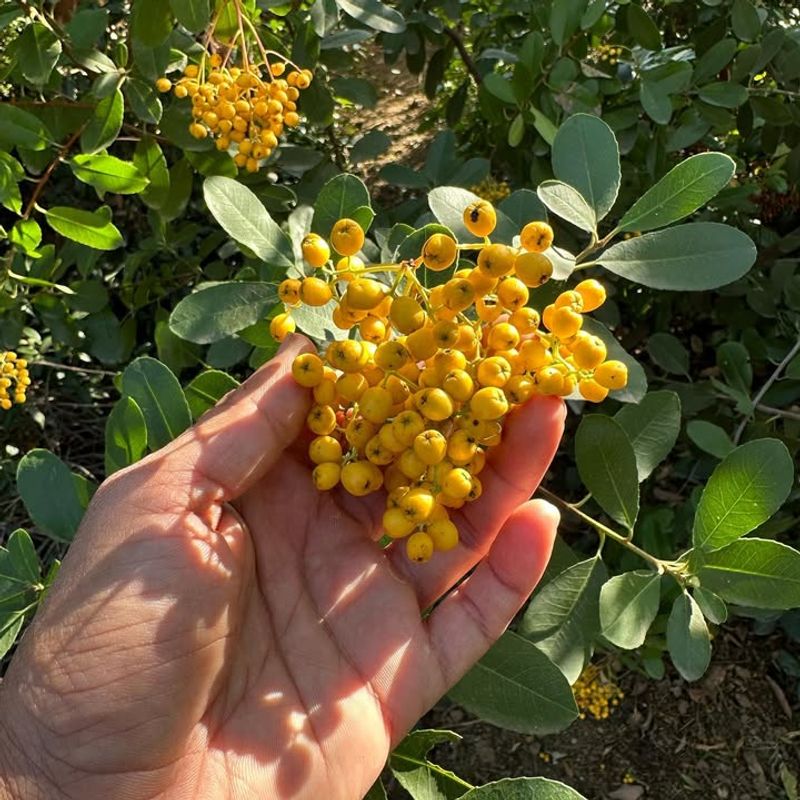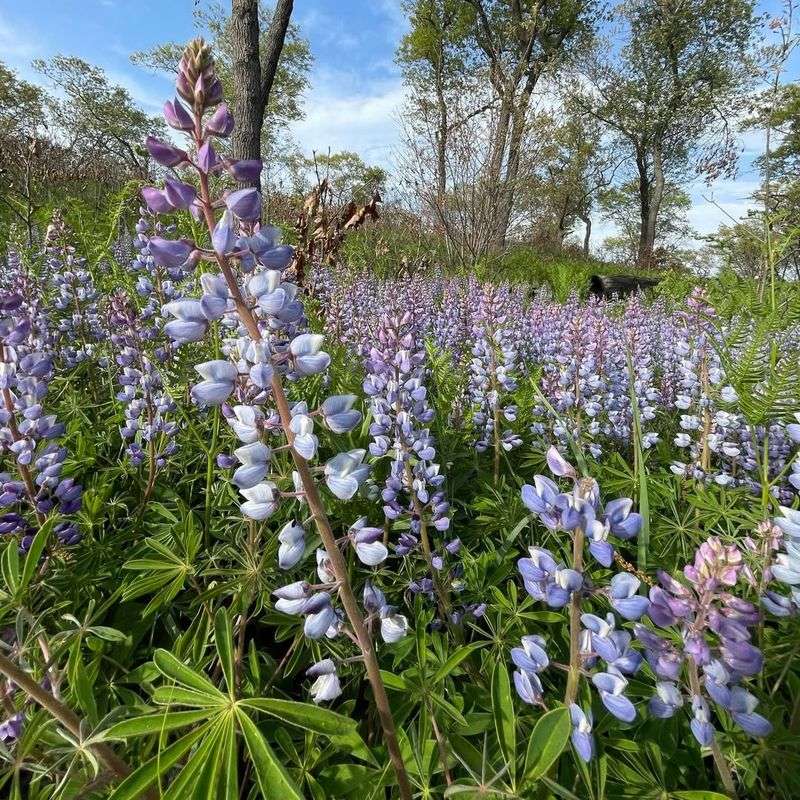California’s butterfly populations are crashing, and scientists say we need to act fast. These beautiful insects play a crucial role in pollinating plants and keeping our ecosystems healthy.
The good news is that planting the right flowers in your garden can make a real difference in helping butterflies survive and thrive.
1. Milkweed – The Monarch’s Lifeline
Monarch butterflies depend entirely on milkweed to survive. Female monarchs lay their eggs only on this plant, and when caterpillars hatch, milkweed leaves become their sole food source.
Without it, monarchs simply cannot complete their life cycle. California has several native milkweed species that work perfectly, including narrow-leaf and showy milkweed.
Plant milkweed in sunny spots where monarchs can easily find it. Your garden could become a vital rest stop for these incredible migrating insects as they travel thousands of miles each year.
2. California Poppy – Golden Beauty
Bright and cheerful, California poppies bring more than just color to your yard. Butterflies love visiting these golden blooms for nectar, especially during spring when food sources are limited.
As California’s state flower, poppies are perfectly adapted to local conditions and require very little water once established. They reseed themselves naturally, creating beautiful patches year after year.
Plant them in well-drained soil and watch as swallowtails and painted ladies stop by for a meal. Poppies are drought-tolerant champions that support local butterfly populations effortlessly.
3. Buckwheat – Year-Round Sustenance
California buckwheat might not look fancy, but butterflies consider it a five-star restaurant. This shrubby plant produces clusters of small flowers that bloom for months, providing consistent nectar when other plants have finished flowering.
Native to California hillsides, buckwheat tolerates heat and dry conditions beautifully. Over 60 butterfly species visit buckwheat, making it one of the most valuable plants you can grow.
It also provides shelter for caterpillars and other beneficial insects. Planting buckwheat creates a reliable food source that supports butterflies throughout different seasons.
4. Coyote Brush – Autumn Abundance
When most flowers have stopped blooming, coyote brush comes alive with tiny cream-colored blossoms that butterflies desperately need. Blooming from late summer through fall, this native shrub provides critical nutrition during migration season.
Painted ladies, buckeyes, and hairstreaks flock to coyote brush when preparing for winter or long journeys. The plant grows well in coastal and inland areas, adapting to different California climates.
It requires minimal care and creates excellent habitat for butterfly larvae too. Adding coyote brush ensures butterflies have food during crucial autumn months.
5. Toyon – Berry Bonanza
Toyon’s clusters of white flowers attract butterflies in summer, while its bright red berries feed birds that help spread seeds. This evergreen shrub creates a year-round haven for wildlife in California gardens.
Swallowtails and checkerspots particularly enjoy toyon’s nectar-rich blooms. The plant thrives in shade or sun and handles drought conditions once its roots establish.
Also called California holly, toyon adds beauty and ecological value to any landscape. Growing toyon supports not just butterflies but entire food webs that keep California ecosystems functioning properly.
6. Lupine – Purple Powerhouse
Lupine’s dramatic purple spikes make gardens look spectacular while feeding hungry butterflies. Several endangered butterfly species, including the Mission blue and Karner blue, rely specifically on lupine for survival.
Caterpillars munch on lupine leaves while adult butterflies sip nectar from the flowers. California has many native lupine varieties suited to different regions and soil types.
These plants also enrich soil by fixing nitrogen, benefiting surrounding plants. Growing lupine creates specialized habitat that some of California’s rarest butterflies absolutely cannot live without.







